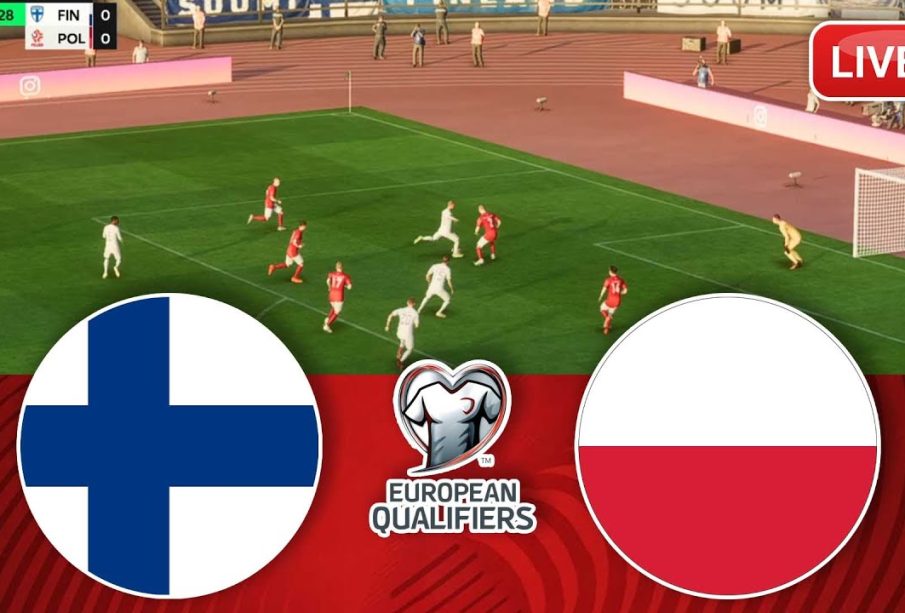Finland vs Poland: Understanding the Differences

Introduction
Finland and Poland, two nations located in Europe, have distinct histories, cultures, and economies. While Finland is known for its high-quality education system and social welfare, Poland has a rich heritage influenced by its tumultuous past and rapid post-communist economic growth. Understanding the differences and similarities between these two countries is crucial as they play vital roles within the European Union.
Historical Context
Finland gained independence from Russia in 1917 and has developed into a model of social democracy and innovation. The nation invests significantly in education and technology, which has led to high rankings in global educational systems. On the other hand, Poland has a tumultuous history, having faced partitions in the 18th century, Nazi occupation during World War II, and communist rule until 1989. Since then, it has embraced capitalism and is one of the fastest-growing economies in Europe.
Cultural Aspects
The cultural fabric of Finland is largely influenced by its Nordic identity, emphasizing simplicity, nature, and the concept of ‘sisu’—a unique Finnish spirit of resilience. Traditional celebrations center around nature, such as Midsummer and Christmas. Poland, with its rich tradition of folk art, music, and cuisine, showcases a vibrant culture with famous elements like pierogi and Chopin’s classical music. Festivals, religious observances, and community gatherings are key to Polish life.
Economic Overview
Economically, Finland operates a welfare state model, supported by a strong emphasis on technology and innovation, particularly in sectors like information technology and renewable energy. The country consistently ranks among the top in global happiness indexes. Poland, in contrast, has transitioned to a market-based economy and has seen significant foreign investments, becoming a manufacturing hub within the EU. With a lower cost of living and a growing workforce, it attracts many international businesses.
Modern Politics and EU Membership
Both Finland and Poland are members of the European Union, but they often approach EU policies from different perspectives. Finland advocates for strict adherence to EU fiscal rules, while Poland has been more vocal in asserting its sovereignty against EU regulations, particularly regarding judicial reforms. This clash has implications for broader European governance and cooperation.
Conclusion
In conclusion, while Finland and Poland share the European identity and both face modern challenges, their paths have diverged significantly over the past century. Finland’s focus on social welfare and innovation contrasts with Poland’s rapid economic growth and vibrant culture rooted in its historical context. As these nations continue to evolve, their contributions to the European landscape will remain significant, and understanding their unique characteristics will foster better cooperation and mutual respect.









